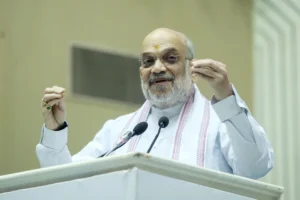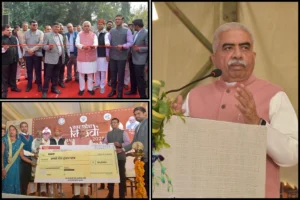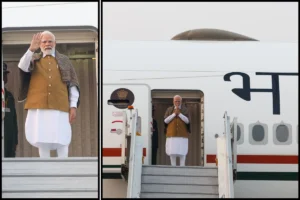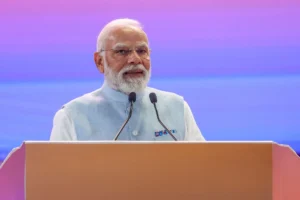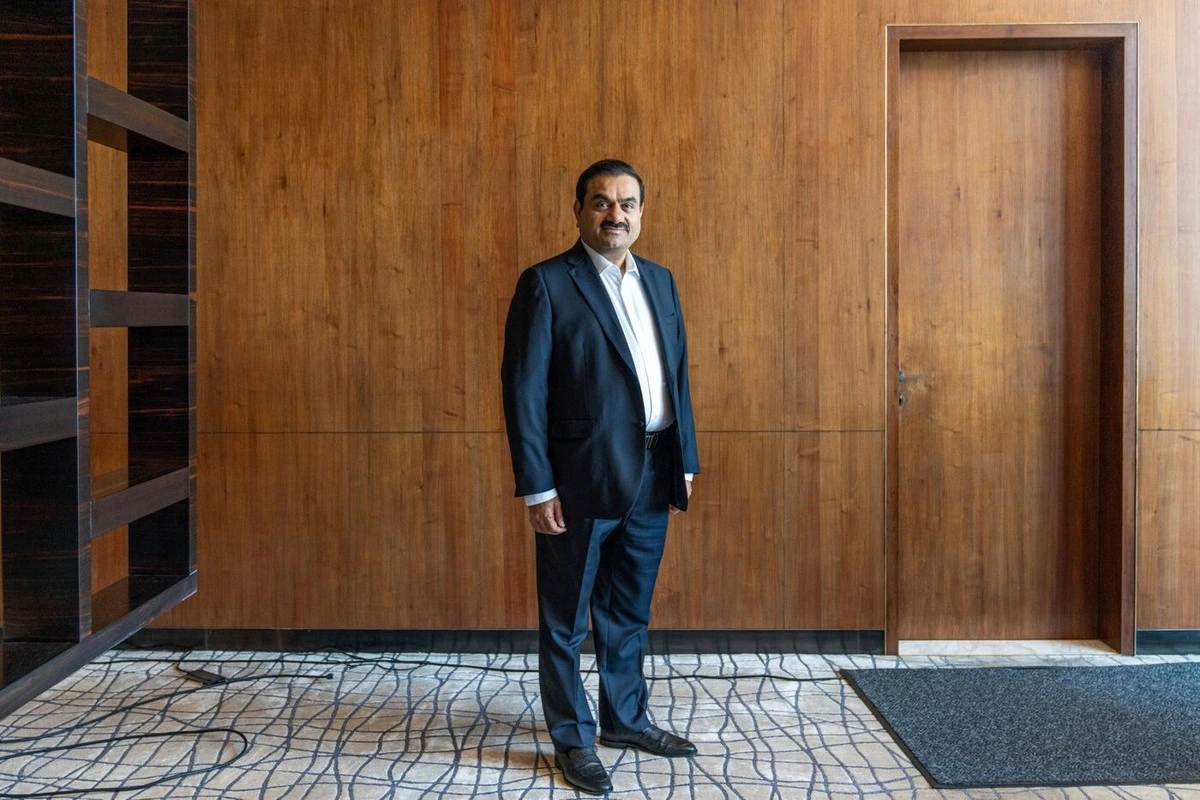
In early 2018, Gautam Adani, Asia’s second richest man with a fortune exceeding $100 billion, summoned his sons and nephews to his home in Ahmedabad, western India. During lunch, he posed an unexpected question: Did they wish to divide the Adani Group’s extensive businesses among themselves and part ways? He gave them three months to decide.
This family meeting initiated what is set to be one of the world’s largest and most complex wealth transfers. Adani, 62, plans to step down at 70, he revealed to Bloomberg Television’s “Inside Adani.” This leadership transition, planned for the early 2030s, carries significant risks for the family and could have major implications for India’s economy and beyond.
In a rare interview, Adani outlined his retirement and succession plans. The interview, focused on leadership transition, did not address controversies surrounding his conglomerate, such as investor concerns about business and accounting practices or a US Department of Justice bribery investigation. His heirs discussed various issues, including ongoing investigations and their vision for the group’s future.
In a daring short-selling attack last year, New York-based Hindenburg Research accused the conglomerate of “the largest con in corporate history.” It claimed that the Adani Group used a network of companies in tax havens to inflate revenue and manipulate stock prices while accumulating debt. The group denied all allegations, but the report once wiped $153 billion off its value, losses it later recovered before India’s election this year.
Also read: Power Finance Corporation Faces Corporate Governance Concerns Over Shapoorji Pallonji Group Loan
“It was a shock to people because they weren’t expecting it in the way it was presented,” said Sagar Adani, Gautam’s nephew. He noted that the group “gave a very, very long and comprehensive response in just 72 hours on every single point.”
The group has faced regulatory probes both in India and the US. In March, Bloomberg reported that US prosecutors were investigating whether an Adani entity, company executives, or Gautam himself were involved in bribing Indian officials for favorable treatment on a green-energy project. Azure Power Global Ltd., a competitor in solar contracts and also part of the investigation, stated it was cooperating with the Justice Department. Azure did not respond to requests for comment.
The Adani Group claimed that none of its units had been notified of the probe and that it was unaware of its chairman being part of the investigation. Sagar declined to comment further. No Adani unit has been charged by the US Justice Department, and investigations do not always result in prosecutions.
Given these legal and reputational risks, the conglomerate’s leadership transition is crucial for investors. Adani’s dominance in key sectors of India’s economy makes it difficult for global funds to overlook the group.
With a total market capitalization of $213 billion across 10 listed units, the conglomerate controls large portions of the infrastructure that drive the nation’s growth. It is India’s largest coal importer, biggest solar farm owner, and second-largest cement manufacturer. Adani-owned ports handle almost half of the country’s shipping containers, and its airports serve over 90 million people annually.
After the short-seller attack, the conglomerate reduced debt, cut share pledges, and attracted new investors. However, an unexpectedly weak election win for Prime Minister Narendra Modi — perceived to be close to Gautam — slashed almost $45 billion from the conglomerate’s value again. Although the group has rebounded, the election result re-energized opposition leader Rahul Gandhi, who accused Modi of “handing over” the nation’s resources to Adani.
Adani has stated that his firms do not receive preferential treatment, but the changing political climate may increase scrutiny of the group’s government contracts.
“Succession is very, very important for business sustainability,” Gautam said in his Ahmedabad office. “I left the choice to the second generation as the transition must be organic, gradual, and systematic.”
This transition will have to navigate ongoing questions following the Hindenburg report, key-man risk perceptions around Gautam, the maze of entities and trusts holding the family’s shareholdings, and the complexities of the succession plan itself.
When Gautam’s sons, Karan (37) and Jeet (26), and their cousins, Pranav (45) and Sagar (30), responded to the patriarch, they chose to run the conglomerate together as a family, even after Gautam’s departure.
This decision led to the creation of a four-way leadership structure dividing management responsibilities but requiring collaboration. Their responsibilities do not align neatly with specific units or listed entities. Even common services like human resources, finance, and IT support have been divided among the four.
Post-Gautam’s retirement, joint decision-making will continue, even during crises or major strategic decisions, the heirs said in separate interviews.
They dismissed concerns about collective decision-making challenges. “Though each of us are looking at different businesses, we are like one team,” Pranav said. “Family members at headquarters have lunch together daily, discussing day-to-day issues.”
However, without a formal hierarchy, managing the business will likely be challenging and time-consuming. Few families have managed dynastic wealth effectively over multiple generations. The Waltons of Walmart Inc. succeeded by retaining board-level oversight, while the Koch sibling feud led to a failed coup and years of litigation. The Ambani family of India faced a bitter succession battle between Mukesh, now Asia’s richest man, and his brother Anil.
“Having no clear leader among the four who can take key decisions could turn out to be a drawback,” said Raphael Amit, Professor of Management at Wharton School. “Clear processes for conflict resolution and well-defined roles are essential for this to work.”
The Adani family’s empire structure is not well understood outside the family. Adani Enterprises Ltd. is controlled through eight overseas entities, a family trust, and a domestically incorporated company. The group is a web of special purpose vehicles, joint ventures with government agencies, and other companies.
When Gautam retires, his four heirs will become equal beneficiaries of the family trust. Such structures, common among the ultra-rich, help maintain privacy, limit tax liabilities, and protect assets from judicial or government actions by placing them in different jurisdictions. A confidential agreement will govern the transition of stakes in the conglomerate’s firms to the heirs, sources said.
“Transfer of management and wealth across generations for a group like Adani will be complex and a lengthy process,” said Nirmalya Kumar, a professor at Singapore Management University’s Lee Kong Chian Business School. “How they hold and control the wealth is a black box.”
However, Karan said company structures have been simplified over the past 15 years to avoid the “criss-cross holdings” seen in other Indian conglomerates. These changes have been disclosed in public filings, and the family now directly holds its stakes in each business, he said.
To read more such news, download Bharat Express news apps











